In the Hyde Chronicle, a study of England and Normandy at the time of the Norman Conquest thought to have been written by William of Blois, there is a reference to Matilda:
"From the time England first became subject to kings, out of all the queens none was found to be comparable to her, and none will be found in time to come, whose memory will be praised and name will be blessed throughout the ages."
Saintly is a word you could use to describe Matilda, not only for her good works, but the fact she was the wife of Henry I.
Henry I was, to put it politely, a bit of a ladies-man, having numerous illegitimate offspring and as many mistresses, I have often wondered if Henry's philandering was the reason Matilda's children were born in the first four years of their eighteen years of
marriage.
Queen Matilda is buried on the right hand side of the original Shrine of St Edward the Confessor at Westminster Abbey. There is no memorial for her.
You can read more on this on my blog at
meanderingthroughtime.weebly.com/history-blog/matilda-of-scotland
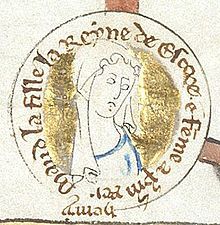
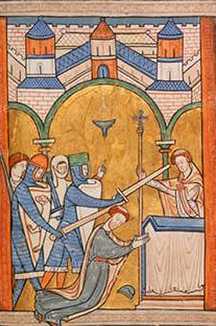
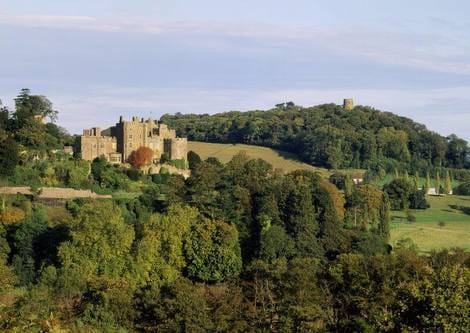
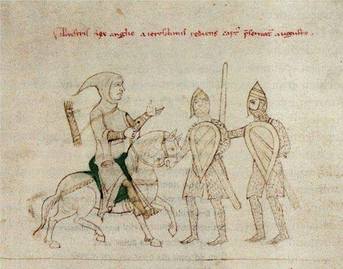
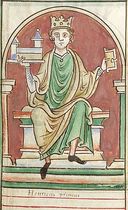
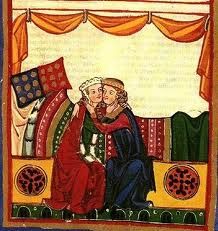
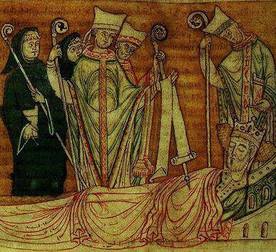
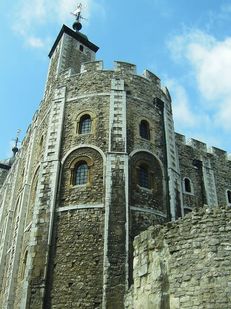
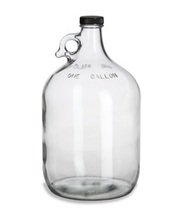
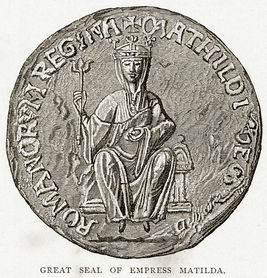
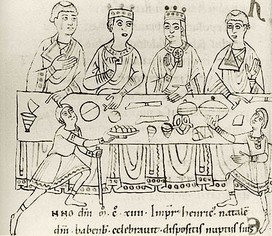
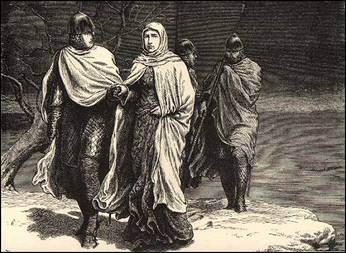
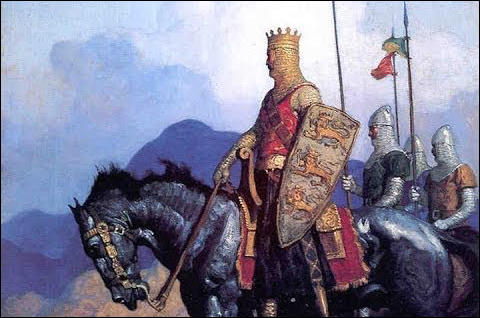
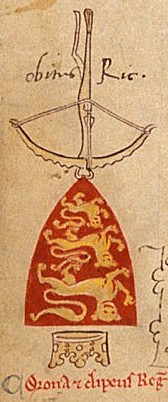
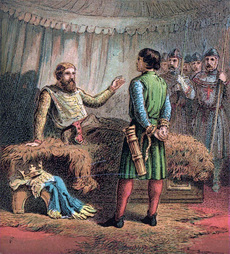
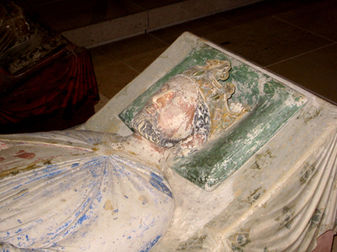

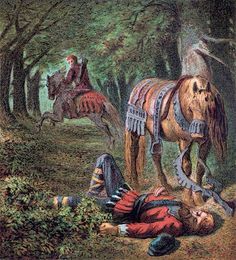
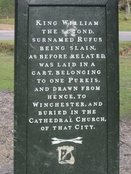


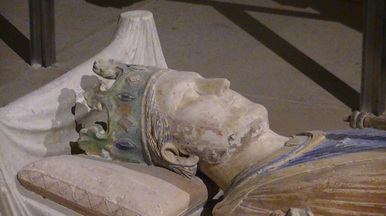
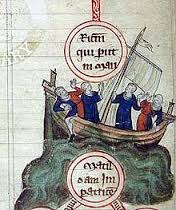
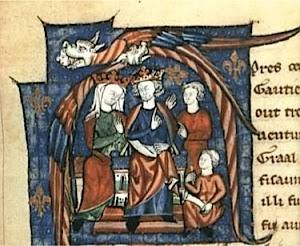
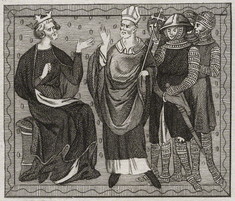

 RSS Feed
RSS Feed
